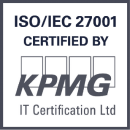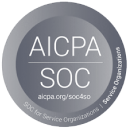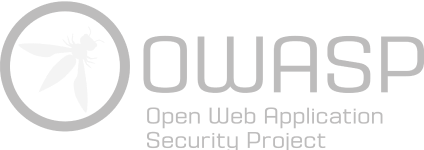“Every insight and every piece of feedback you share shapes what we build,” said Salv Product Manager Agne Kotikovaite, opening a customer webinar setting out our product roadmap.
The session showcased Salv’s development plans between Q4 2025 and Q3 2026. The roadmap highlights two priorities: strengthening detection and making investigations faster and easier, with a new layer of AI support running across both.
The emphasis was on practical tools that empower teams. Detection capabilities continue to evolve, but the focus is on reducing investigative burden, improving customer independence, and AI features that guide analysts without taking decisions out of their hands.
From spotting to solving
Detection in Salv is everything that happens before an alert is generated: screening people and transactions, running monitoring scenarios, applying risk rules. The aim is to spot financial crime accurately, with fewer false positives. Investigation starts once an alert requires manual review. Analysts must gather context, make decisions, and close the case. Here the goal is speed and clarity.
Agne said customers praised the strength of Salv’s detection features but “the investigations still feel a little heavy.” She added: “That’s why in this roadmap, we’re really focusing on the investigation, making it easier to get context, walk through alerts and handle complex cases.”
Several enhancements apply platform wide:
-
Manual attribute adding lets teams bring their own knowledge into Salv, such as tags or intelligence from elsewhere. This context will reduce repeated false positives and give investigators a fuller picture from the start.
-
The no-code segment builder addresses the request for more independence. Users can build and test segments without technical skills, while advanced users can still use code when required.
-
Case creation, a much-requested feature, allows teams to group related alerts, transactions and entities in one place, set priorities and deadlines, and export the results for reporting.
-
Editable notes and templates make investigations faster and more consistent, cutting the risk of missed steps.
-
Link analysis will visualise connections to help analysts spot suspicious clusters and flows that are hard to see in lists or tables.
Screening, monitoring and risk
Our most mature product area, Screening, will become stronger with n-grams to handle evasive tactics like altered spellings. Drafting and testing screening flows before go-live will give teams confidence to experiment safely. And alerts will contain more context on the page, showing why a trigger fired and how similar alerts have been resolved.
A no-code scenario builder will be added to Monitoring, reducing reliance on SQL or JMESPath. Analysts will also be able to see directly which transactions contributed to an alert, saving time on manual checks.
In Risk, segments will be integrated into risk rules, allowing separate scoring logic for different customer types and more granular approaches aligned with business needs.
AI to support, not replace
The roadmap also outlined Salv’s artificial intelligence (AI) philosophy. Product engineer Joonas Praks said: “AI is here to elevate the analyst. We don’t plan to introduce an end-to-end AI driven solution. They are helpers to aid your everyday work.”
This philosophy is consistent across the roadmap and recent Q&A discussions with the product team. “AI isn’t the goal,” explained Joonas. “The way we think about it is: what’s the problem we’re solving? Then we look at whether AI is the right tool to solve that.”
Key AI features coming to the Salv Platform:
-
AI Alert Assistant will automatically gather the relevant context behind an alert and present a summary, helping analysts start investigations faster.
-
AI Scenario Optimiser will provide feedback on the performance of monitoring scenarios, initially in-house before being rolled out more widely.
-
AI Insights for Screening already compare input data with names in hits to reduce ambiguous matches. The next iteration will include summaries of AI decisions and the potential for bulk resolution of similar alerts.
-
AI Alert Prioritisation, which is still in exploration, would cut backlogs and alert fatigue by surfacing the most urgent alerts first.
For all of these AI features, the emphasis is on guidance and decision support, as Joonas explained: “False positives are annoying, but false negatives are dangerous. If an AI tells you something is fine when it’s not, and you believe it, that’s a real risk.”
“If you’re a compliance team using AI to support your processes,” added Agne. “You need to be able to defend it to regulators. That means it can’t just be a black box. So we’re focused on building confidence first.”
Customers in the loop
One customer asked about implications for reporting. Agne answered: “One of the aims of case management was to ease the reporting. You’ll have everything in one place. And the export layer will let you export the gathered information as an XML file that matches your FIU’s requirements.”
With no-code tools, Agne also explained that the changes will give teams “the full independence to create a segment, apply it in the scenario, test it and then go live with it.”
In Summary
Our roadmap shows how our core compliance platform is maturing. Smoother investigations, more independence for everyday users. AI features will continue to evolve, but carefully — with explainability and trust at the centre.
As Agne summed up: “The hope is that it will become much, much quicker for you, and you’ll have more independence at your hands.”
If you want to know more about our AML platform and how it can automate tedious, repetitive tasks and improve how you respond to financial crime, you can speak with the team here.



